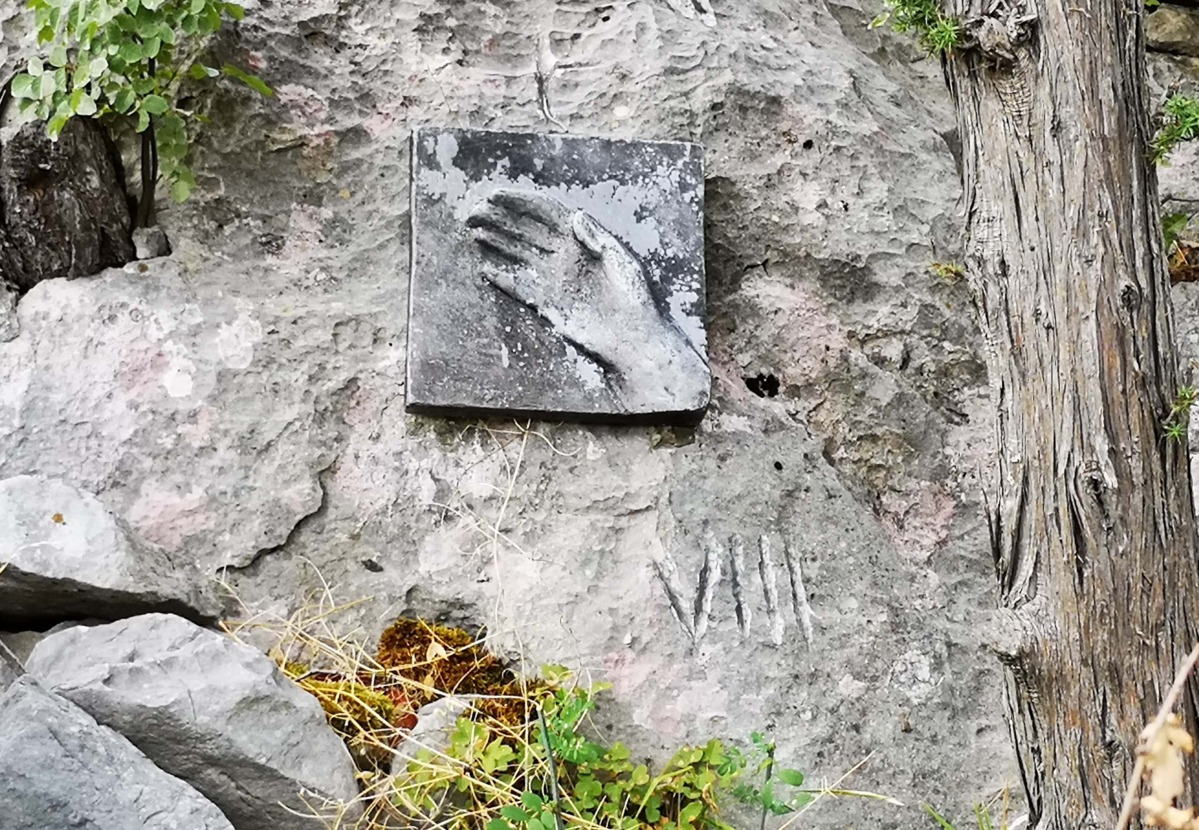Culture
The Church of St. Nicholas
The medieval Church of St Nicholas on Prirovac Hill was erected in the 14th century, when it was a single-nave church with a broken barrel vault supported on two pairs of pilasters
with Gothic archivolts and a rectangular apse. There is a medieval graveyard around the church with nineteen gravestones.
The church underwent restoration in 1998. Under the church the ruins of houses and a settlement can be seen, in the place where most historians located the Berullia of Porphyrogenitus.
Close by in Kopačine is the abode of the bizocche of the Franciscan Third Order, who, legend says, had a “flock of sheep that stretched from their house to the peak of Biokovo”. South east of the church is the Turkish Tower, a two storey fort with musket slits, created by walling off mountain cliffs, as was done for other forts in the area from the time of the Cyprus War in the mid 17th century (Makar, Kotišina, Podgora and Drašnice).
The Church of St Nicholas seems to have been first mentioned in 1597 when Bishop Fra Nikola Ugrinović placed an interdiction on Brela, banning the celebration of mass, the sacraments and funerals. On the walls inside, together with two crosses, the day of consecration is given, May 26, without mention of the year. It has been hypothesised that this date refers to the consecration, which might have been performed by the above mentioned Ugrinović. This prelate was obliged to abandon his see in Smedervo in Serbia which had no congregation any longer. He returned to his Poljica home, where he put up a mausoleum that was a miniature copy of Diocletian’s mausoleum, in other words, Split Cathedral, adding it on to the Church of St Luke in Dubrava.
However, since May 26 is the feast day of St Philip Neri, of the Congregation of the Oratory, founded here by Bishop Bijanković of Makarska it is most likely that it was he who carried out the re-consecration of St Nicholas’ in Gornja Brela, as part of the programme of a general spiritual revival in this area of Biokovo that was so close to his heart.
It is also possible tht the re-consecration was preformed by Bijanković’s successor and nephew Stjepan Blašković.














